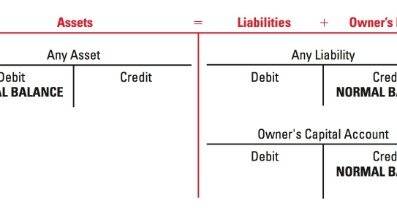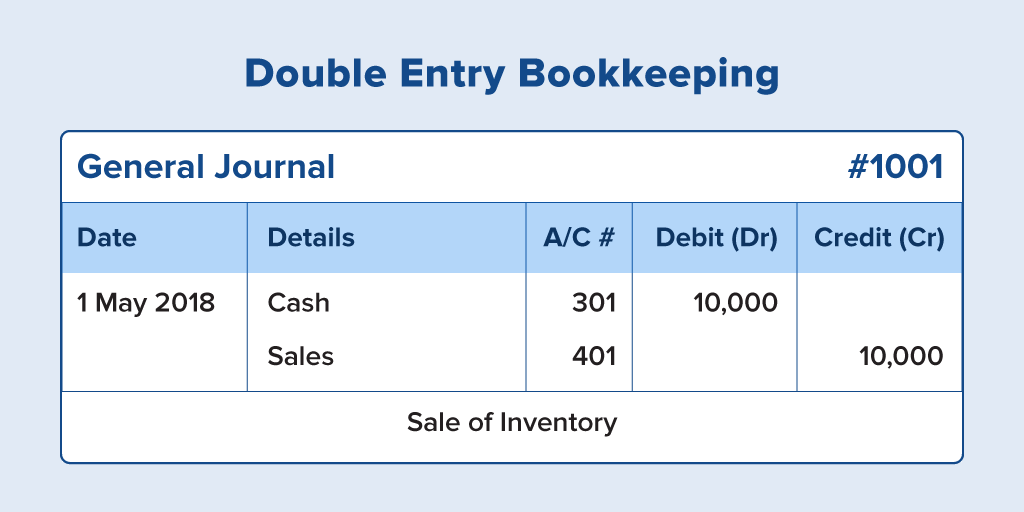
Download, print, or take screenshots of all receipts and store them physically or electronically, such as on Google Drive. Ask why you need to perform a cleanup project, then prepare to discuss your objectives with your finance team. Get up and running with free payroll setup, and enjoy free expert support.
- By reviewing your inventory records, you can ensure you’re not stocking up on unnecessary items and that your prices are reasonable.
- However, as these mistakes accumulate, they can quickly escalate and become unmanageable.
- Compare your records against supporting documentation, such as receipts and invoices, to ensure accuracy.
- To maintain consistent and accurate records, it is highly recommended to perform monthly reconciliations.
- No matter how you go about it, keeping your books up-to-date is an important task in bookkeeping.
- Once you’ve done the bedrock work of reconciling your cash accounts, you can move on to other issues affecting your books.
The right software can help you cut Local travel can provide a significant tax deduction for business owners with non-commuting travel expenses. Unfortunately, local travel is also one of the easiest things to lose track of. But with so many expenses—utilities, telecom, and insurance—it can be easy to lose track of accounts payable, resulting in nasty surprises like overcharges. Every business needs steady cash flow to respond to business problems and opportunities and settle its invoices for goods and services.
Little Changes That Will Make A Big Difference In Your Bookkeeping
If you’re using a paper-based system or spreadsheet, you will need to manually create the following month’s checklist. With all the automatic importing of transactions and automatic categorization, it can be easy to overlook this step. Ensure you review the expense accounts at the end of each month to verify that the transactions have been posted to the proper expense accounts.
These errors can range from simple data entry mistakes to more complex issues that require further investigation. Your finance team will build a proper bookkeeping document checklist, reconcile accounts, and evaluate financial statements to ensure your business is on the right track. However, they must understand how your company operates to build a chart of accounts structured specifically for your business. Adjusting entries refer to accounting entries that are created at the end of an accounting period to bring account balances up to date and ensure the accuracy of financial statements. Adjusting entries are crucial because certain transactions may not have been recorded in the period, they took place or may have been recorded incorrectly. Once you’ve completed the bookkeeping clean-up process, it’s important to put a system in place for ongoing bookkeeping maintenance.
- It allows you to have a clear picture of your financial position and make informed decisions to drive growth and profitability.
- You can evaluate your accounts receivable and payable, payroll, inventory, and tax filings, clean up your chart of accounts, and back up your data by following these procedures.
- To fulfill your tax obligations, you have the option to make self-payments via the IRS website or consult your accountant for assistance in determining the appropriate quarterly tax amount.
- Download, print, or take screenshots of all receipts and store them physically or electronically, such as on Google Drive.
That said, there are a few basic steps that all businesses should follow when it comes to bookkeeping. Popular accounting software like QuickBooks, Xero, and FreshBooks offer features and tools to help streamline the bookkeeping clean-up process. Checking payroll records helps avoid issues related to underpayment or overpayment of employees and ensures accurate tax withholdings. Establish an expense tracking system to accurately categorize all of your business expenses.
Set reasonable expectations
The new year is right around the corner, and there’s no better time, in my opinion, to take a hard look at your business’s bookkeeping practices. Today, I’m going to lay out a case for why bookkeeping is essential if you want to lower your tax liability and then give you the steps to get there. Assess the effectiveness of your systems and identify areas for improvement.

Adjusting entries are accounting entries made at the end of an accounting period to update account balances and ensure that financial statements are accurate. Adjusting entries are necessary because some transactions may not have been recorded in the period in which they occurred or may have been recorded incorrectly. The best way to manage this regularly is to do a monthly reconciliation to identify any mismatched or missing transactions.
By checking your tax returns, you can ensure that all taxes have been paid on time and that all necessary paperwork has been submitted accurately. To avoid any fines or interest costs, it’s crucial to constantly verify your tax files. Finally, with a steadier hand keeping the books and all incoming source documents fully accounted for, you can best crowdfunding sites for startups in 2021 start addressing the problems you’ve found. This guide can’t anticipate every problem you might have discovered, but we can give you some ideas about issues common to businesses in your situation, and how you should plan to correct them. If you literally keep your records in a shoebox, you probably know that there’s some room for improvement.
Best Places to Keep Your Bookkeeping Checklists
Jetpack Workflow was designed with accountants and bookkeepers in mind and comes preloaded with workflow templates customized for accounting tasks. You can easily customize the templates if the workflows don’t perfectly align with your processes. An important part of the process is ensuring your documentation is properly filed away (whether physically or electronically) so you can find the backup if any questions are raised later. Though the free template will work, teams should look at automated workflow management software to make the process more efficient.
One of the critical steps in the bookkeeping clean-up process is to review and reconcile your bank statements. This ensures that your recorded transactions match the actual transactions that took place in your bank accounts. To maintain consistent and accurate records, it is highly recommended to perform monthly reconciliations. These regular check-ins will help identify any discrepancies or missing transactions. Therefore, even after you’ve caught up with your bookkeeping, make it a habit to reconcile your bank statements on a monthly basis. General checks in the bookkeeping cleanup checklist refer to the tasks needed to ensure that the financial records are accurate and up-to-date.
Reconcile your accounts
The sum of money owed to your company by clients who still need to pay their invoices is called accounts receivable. You’ll need accurate historical data to qualify for loans, attract investors, pay taxes, and perform audits. While bookkeeping cleanup can seem intimidating, the process is essential — and you can’t avoid it by simply clearing your books and starting over.
Regularly review your bookkeeping processes and systems for areas of improvement. Stay up to date with changes in accounting regulations and technology to ensure that your bookkeeping practices remain compliant and efficient. If you come across any discrepancies, investigate and resolve them immediately.
Weekly services are included in our most popular bookkeeping packages. Getting caught up on bookkeeping can feel like an uphill battle, especially when you’re already juggling the day-to-day operations. One option is to use an app like TripData to capture how far you’ve traveled. Just apply the standard mileage rate, which incorporates expenses like gas and maintenance, and automate the process.

0 Comment